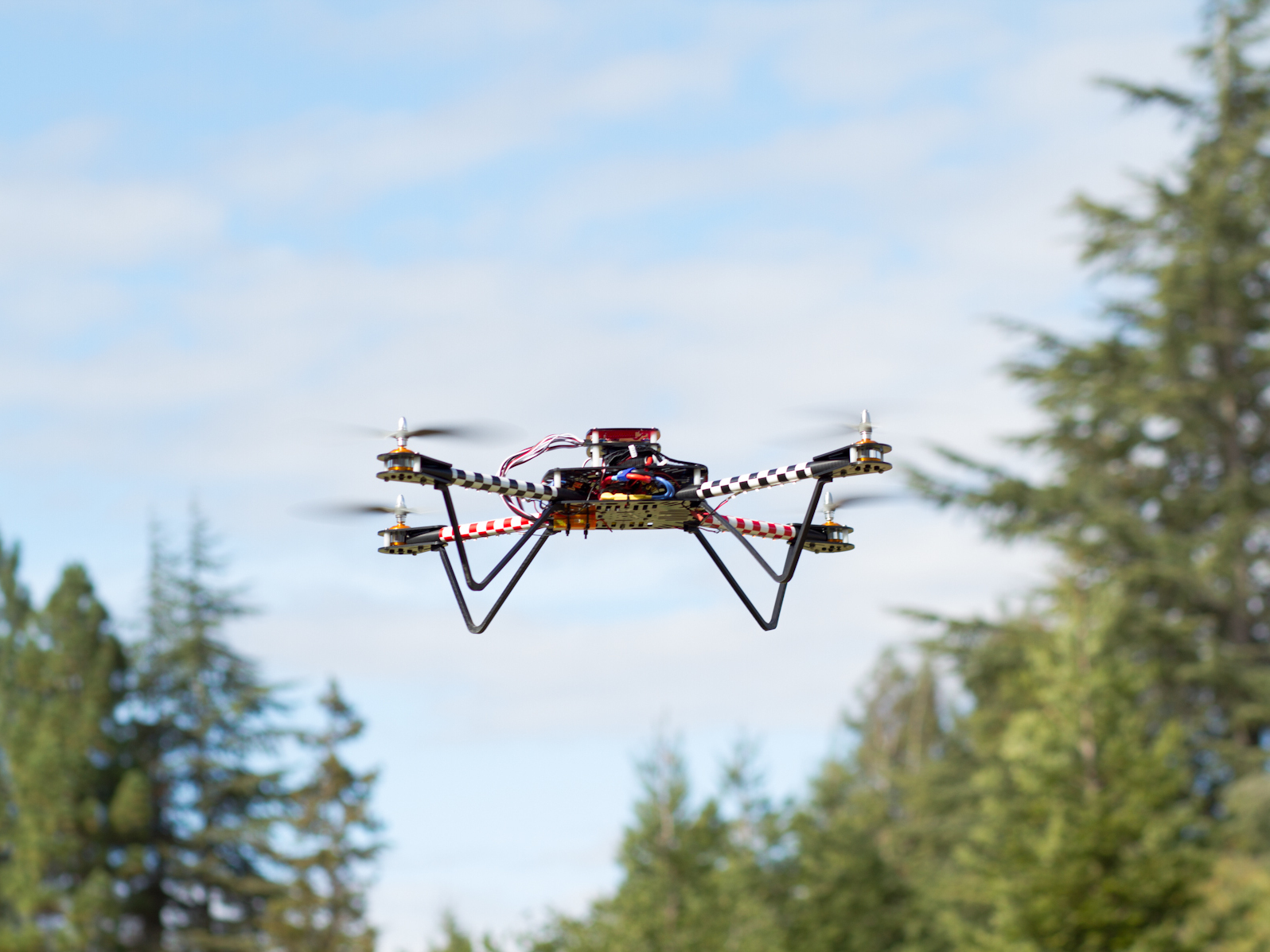Parallax’s Quadcopter Kit, the ELEV-8, is a great way to get into flying RC. The build is fairly simple and you’ll end up with an awesome quad that’s stable, maneuverable, and quick. You can purchase it in the Maker Shed!
Scroll down to the “Downloads and Resources” section on Parallax’s product page for an awesome list of helpful resources, and watch videos of it in action here.
Throughout this build, please refer to Parallax’s Assembly Diagrams (here). I’ll be referring to each page in these instructions. If you’ve never built a quad (or done RC) before, definitely take a look at Hoverfly’s awesome video tutorial series, found here.
At the end of Parallax’s text Assembly Guide, in Figure 2, you can see the basic idea behind flying multirotors with an even number of motors: the direction of spin alternates to counteract the torque and automatic yaw of the copter (this is the function of the tail rotor on normal helicopters). By varying the speed at which each motor spins, we can accurately control throttle (altitude), yaw, pitch, and roll, all while staying stable. We’ll be building in the “X” configuration.


